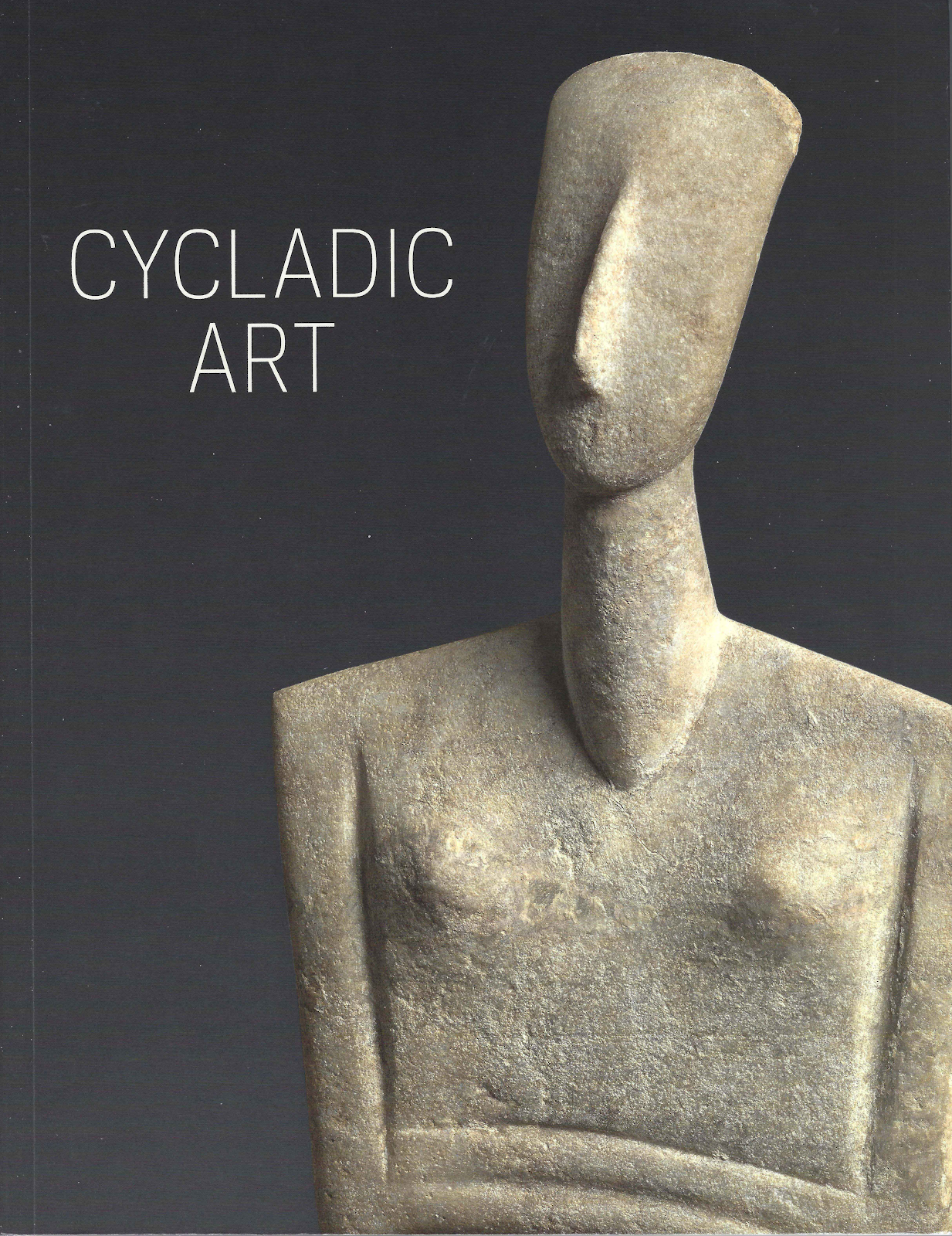 |
L: image from the Becchina archive
R: pithos in the Michael C. Carlos Museum |
In 2004 the Michael C. Carlos Museum acquired
a relief pithos dating to the 7th century.
Concerns about its acquisition had been raised in 2007. The pithos itself seems to feature in
images seized from the Becchina archive suggesting that it passed through Palladion Antike Kunst.
Yet the newly issued history of the pithos suggests a different path.
PROVENANCE Ex coll. Professor Adolphe Goumaz, Lausanne, Switzerland, from 1960. Thence by descent to Roland C. Ansermet, Neuchatel, Switzerland, by December 2003. Imported to USA in 1991. Purchased by MCCM from Phoenix Ancient Art, Geneva, Switzerland.
The museum's history makes no allowance for the pithos passing through Palladion Antike Kunst as it is claimed that it passed 'by descent' from Goumaz to Ansermet. It is also unclear who was responsible for importing the pithos to the USA in 1991. Why did the family not keep it in Switzerland? Would the Carlos Museum be able to clarify the history with a little more detail?
In 2008 Christie's offered an Attic red-figured skyphos attributed to Makron at
auction that was claimed to have resided in the Goumaz collection in 1958 (BAPD 9021866). Yet the Beazley archive makes no link with Goumaz. What is the authenticated documentation linking Goumaz with this skyphos?
Phoenix Ancient Art offered a 4th century CE menorah reported to be from the Goumaz collection in 2013 [
catalogue].
We are mindful that some unsubstantiated histories have been created for objects emerging on the market: the head of
Drusus Minor that was claimed to come from an old Algerian collection (but which had been removed from an archaeological store in Italy); the parallel histories [both cannot be correct] for the
mummy mask currently in the St Louis Art Museum; the placing of the
Leutwitz Apollo in a German estate; the marble statue of
Sabina from an old Bavarian collection. This is why is it so important for museums to indicate the authenticated source or sources for the histories that are provided in the record. Doubt can always be expressed with terms such as 'said to be', 'allegedly from', or even 'the owner of the gallery assured us that ...'
The Becchina archive suggests that there could be another explanation for the route taken by the pithos that the museum has overlooked for 15 years.
I am grateful to Associate Professor Christos Tsirogiannis for suggesting the link with the Becchina archive.
| |









